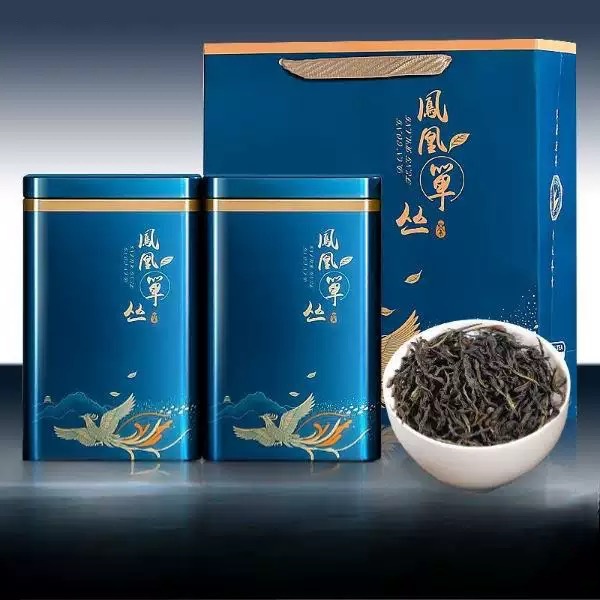
# Storing Oolong Tea: Best Practices for Freshness and Flavor
## Introduction
Oolong tea, with its unique semi-oxidized characteristics, offers a delightful balance between green and black teas. To fully appreciate its complex flavors and aromas, proper storage is essential. This guide will walk you through the best practices for storing oolong tea to maintain its freshness and flavor profile.
## Understanding Oolong Tea’s Sensitivity
Oolong tea is particularly sensitive to environmental factors due to its oxidation level. The leaves can easily absorb odors and moisture, which can significantly alter their taste. Proper storage helps preserve:
– The tea’s natural aroma
– Its delicate flavor profile
– The beneficial compounds within the leaves
## Ideal Storage Conditions
### 1. Airtight Containers
Always store oolong tea in airtight containers to prevent exposure to air, which can accelerate oxidation. Consider using:
– Ceramic canisters with tight-fitting lids
– Tin containers
– Glass jars with rubber seals (store in dark place)
– Vacuum-sealed bags for long-term storage
### 2. Cool and Dark Environment
Light and heat are enemies of tea freshness. Store your oolong in:
– A pantry or cupboard away from heat sources
– A cool basement (if humidity is controlled)
– Never near stoves, ovens, or windows
### 3. Humidity Control
Maintain relative humidity below 60% to prevent mold growth. You can:
– Use silica gel packets in your storage area
– Avoid storing tea in refrigerators unless properly sealed
– Consider climate-controlled storage for premium teas
## Special Considerations for Different Oolong Types
### Lightly Oxidized Oolongs
These greener oolongs (like Tieguanyin) are more delicate and should be:
– Consumed within 6 months for optimal flavor
– Stored with extra care against moisture
– Kept away from strong odors
### Highly Oxidized Oolongs
Darker oolongs (like Da Hong Pao) can often:
– Benefit from slight aging if stored properly
– Last up to 2 years while maintaining quality
– Withstand slightly less stringent storage conditions
## Common Storage Mistakes to Avoid
– Using plastic bags that aren’t food-grade
– Storing near spices or strong-smelling foods
– Frequent opening of containers exposing tea to air
– Freezing tea without proper vacuum sealing
– Keeping tea in transparent containers in bright light
## Frequently Asked Questions
### How long can I store oolong tea?
Properly stored, most oolongs maintain peak flavor for 6-18 months. Some darker oolongs can improve with careful aging over several years.
### Can I refrigerate oolong tea?
Only if vacuum-sealed and in an odor-free environment. Otherwise, moisture condensation can damage the leaves when removed from cold storage.
### Does oolong tea expire?
While it doesn’t “expire” like perishable food, it will lose flavor and aroma over time. Old tea won’t harm you but may taste flat or stale.
## Final Tips for Tea Enthusiasts
For the ultimate tea experience:
Keyword: Storing Oolong Tea
– Buy smaller quantities more frequently
– Label containers with purchase dates
– Consider dividing large purchases into smaller portions
– Invest in quality storage containers
– Keep a tea journal to track flavor changes over time
By following these storage practices, you’ll ensure every cup of oolong tea delivers the full spectrum of flavors and aromas the tea master intended.